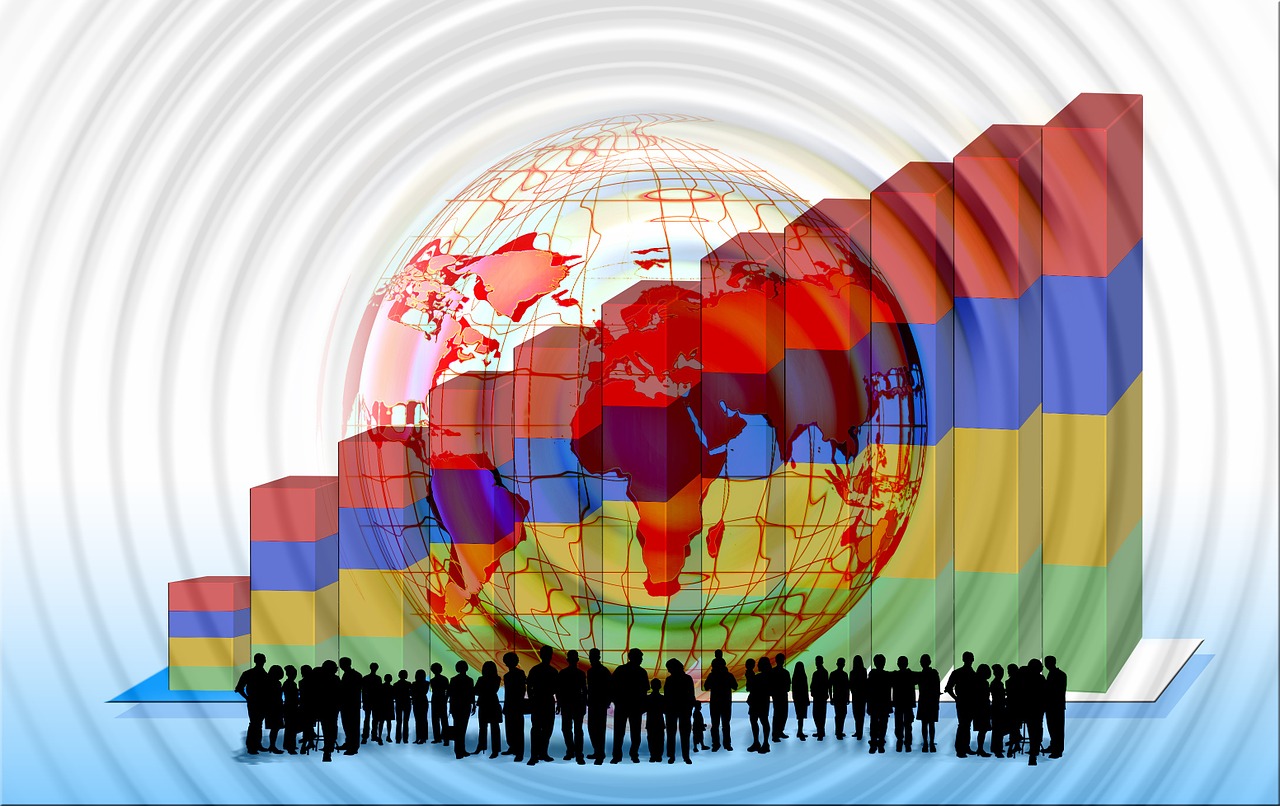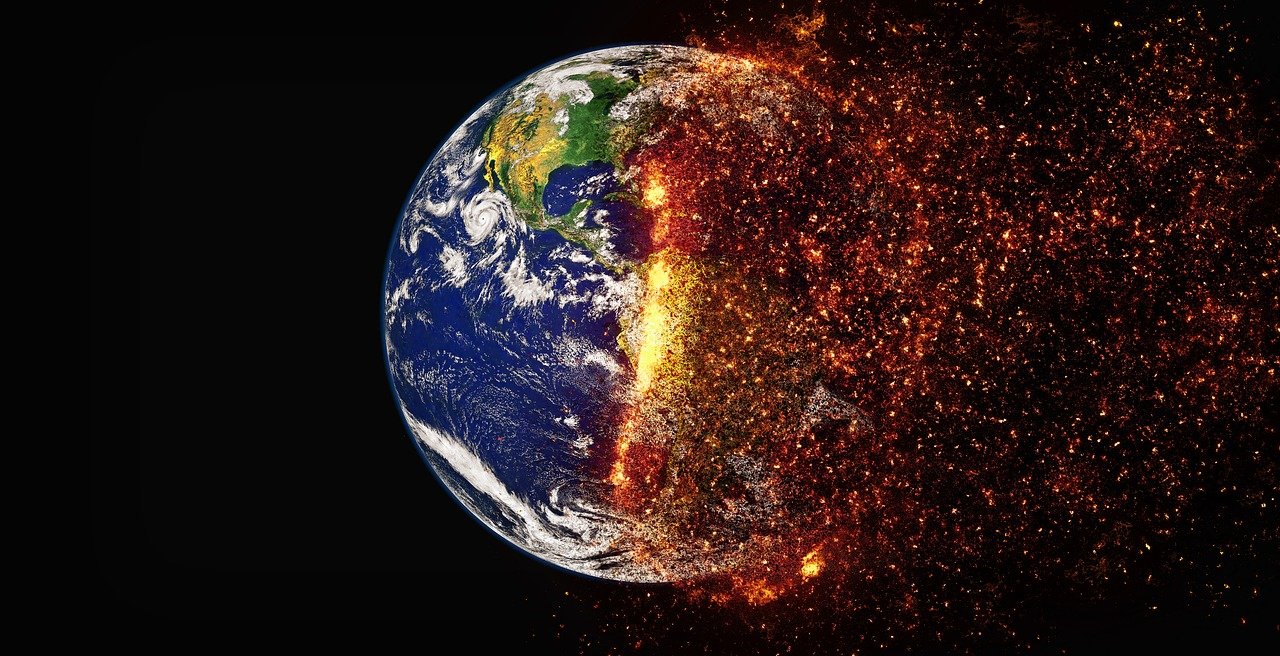The Super-Continent of Eurasia is a unique land mass including both Europe and Asia with Europe barely accounting for 20% of the land mass but the largest proportion of the land mass. With the exception of the Sakha peninsula in Russia and the Arabian and Indian subcontinents, these lands lie on a single tectonic plate.

By Michael Akerib, PhD
Europe, Asia, Eurasia ?
The Super-Continent of Eurasia is a unique land mass including both Europe and Asia with Europe barely accounting for 20% of the land mass but the largest proportion of the land mass. With the exception of the Sakha peninsula in Russia and the Arabian and Indian subcontinents, these lands lie on a single tectonic plate.
Europe and Asia are separated by mountain chains – the Himalaya, the Hindu Kush and the Karakorum – as well as by the Mongolian steppes.Eurasia and Africa, prior to the opening of the Suez Canal, were called the World-Island by sailors. This concept is supported by the fact that Eurasia was populated by the same migration wave sometime between 20 000 and 30 000 years ago.
It is believed that the original population settled around the Eastern Mediterranean and then followed a centric movement towards the Atlantic and the North Sea following trade corridors. Simultaneously, part of the population moved eastwards and developed very different cultures, identifying themselves clearly as Asians or Europeans. These are, nevertheless, deep differences between the various countries composing Africa or Europe.
There were very clear differences between these two population groups in the speed of development and the use of technology and explanations have diverged from genetic differences going back to early prehistoric times to the lack of availability of materials to develop tools such as axes.
The first major human settlements took place along the Ganges, the Nile, the Po, the Tigris and the Yangtze. At the start of the Christian era, the two most populous countries were India and China with a population of around 60 million each.
The Mediterranean littoral became the center of civilized life with various civilizations succeeding each other. From 500 BC to 1500 AD – i.e. for two thousand years – four civilizations occupied this territory: the Chinese, the Greek, the Indian and the Middle Eastern. Central Asian barbarian nomads and Jewish traders called Radhanites ensured that the contact between these various civilizations was maintained. This form of trade disappeared as the Chinese Tang Dynasty collapsed ant the routes became unsafe.
Culture and technology migrated through their actions irrespective of their religions. The population of Europe and of the Near East mingled more easily in the countries surrounding the Mediterranean.
Asian geography did not allow such close exchanges as rivers remain inside ethnic and cultural borders, mountain ranges and deserts are difficult to cross.
At the beginning of the Christian era the population of Eurasia was divided into four fairly equivalent groups of approximately 50 million inhabitants each. These were Europe and the southern Mediterranean, the Middle East, India and China.
The period until the end of the 9th century saw large movements of population: the territorial expansion of the Slavic tribes, the invasion of Celtic territory by Germanic tribes, and the Arab invasion of the Iberian Peninsula.
During the Middle Ages, agriculture had moved northward and westward in countries such as France and Low Countries. Northern Europe and Russia were only thinly populated until the seventeenth century. However, their fast economic growth allowed them to overtake the Mediterranean countries. A possible explanation resides in the lack of coal in that part of the world.
Economic growth translated into population growth, reaching the level it would have prior to the Industrial Revolution, with France being the most populated country. Generally, in the countries of Western Europe, people married earlier and had more children. Deforestation occurred to gain arable land.
The 10th century saw a number of important innovations in farming in particular protein-rich foodstuffs such as beans, thus giving more energy to the population and the strength to build cathedrals.
Until the thirteenth century, an economic system interlinked eight cities and their peripheries. These were Flanders, the Champagne area, Genoa and Venice in Europe; Cairo and Baghdad in the Near East; and several cities in India and China.
The 13th century, however, saw Europe’s population having problems feeding themselves. At the time, China’s population was of the order of 100 million inhabitants. The situation worsened in the 14th century, with a series of bad harvests leading to a general famine and a lowering of the immune system that prepared the population for the catastrophe that followed.This was the Black Death which, with the Second World War, can claim to be one of the worst catastrophes of humanity. In Europe, it is estimated that one third of the population died, but in some areas, the figure reached 60%.
Just as the Second World War affected a large number of countries, so did the disease, spreading over a period of a few decades over the entire Eurasian continent and killing 60% of the population of the Near East, and up to 50% of China’s. The military and tradesmen were probably responsible for the slow spread of the disease. The resulting scarcity of labor raised the survivors’ income and a large number of peasants were able to obtain their freedom from forced labor. This was not the case in Asia where for several more centuries, the peasants would be cheap labor – in fact so cheap that modernization would not happen. However, demand for one of China’s main exports – silk – collapsed leading to a major economic depression in spite of an economic development unmatched by Europe at the time. The Confucian bureaucracy was highly educated and constituted an elite in the country. China benefited from an agricultural revolution. The country’s capital, Changan, today’s Xian, was a city of two million inhabitants.
In China printing was common in the 11th century and large libraries existed. Cities were larger in China than in Europe. Paper money was common. Iron was produced in large quantities. Gunpowder and the compass had already been invented. The junks were as big as galleons and military vessels were numerous and very large.
The absence of bounded labor in England led the British nobility to farm the land they owned themselves, invest to modernize production and reduce the number of agricultural workers, freeing them to first move into larger villages and later work in the first factories that were a product of the Industrial Revolution. Slaves were brought in from Africa and Asia.These changes were wealth generators.
The three centuries that followed saw the world’s population increase by 20%, 10% and 27% in each of the subsequent centuries with 1750 being the year in which the population figure increased considerably.
Europe saw the sharpest growth. In the 15th century alone the population grew by 53%. By the middle of the 18th century, Europe’s share of total population would increase but would not equal Asia’s share which went from 60% in 1600 to 67% in 1800. China’s population alone was twice that of Europe, rising from 60 million at the end of the 14th century to 175 million at the beginning of the 17th century. India’s population, during that same period grew from 50 million to 200 million.
Life expectancy in Europe increased, and by the beginning of the 18th century one percent of the population was over 70 years of age.It is believed that this phenomenon is due to the earlier marriages in Asia in general and China in particular, and the more frequent sexual relations between Asians as compared to Europeans where the clergy was celibate. Europeans were also immigrating to the American continent, thus further putting pressure on the population figures.
The lower population growth in Europe allowed the continent to have a slightly better economic growth as reserves could be created.By the early 19th century, 55% of the world’s population lived in China and India and by 1950, a population explosion will take place. By the mid 19th century, Europe’s population had doubled as women had an average of 4.5 children.
Today, with a below replacement fertility in Europe, in some countries reaching historical lows, the continent accounts for just 7% of the world’s population with Asia accounting for 60%. The most important component for population growth in Europe is international immigration, very often of Muslim origin. The net immigration flow is of 1.5 million people per annum and this is a reversal of the situation that lasted for centuries with Europeans immigrating to other continents. The flow of immigrants into Europe, totaling around 45 million and representing up to 15% of the population in certain countries, is creating major problems due to large cultural differences and a feeling by the nationals that they are losing the control of their countries.
Life expectancy has doubled over a period of a century, thanks to better diet, hygiene and living conditions generally.
The old continent’s population is expected to peak around 2040 to 2045 and decline from then onwards, in spite of immigration, while the world’s population is expanding.
The larger ratio of older persons in the population implies both a reduction in the workforce and a higher old-age dependency ratio with social expenditures ballooning.
These developments could spell an economic catastrophe for Europe: inflation, reduced investments, lower economic output and a decreased living standard. This, in turn, means a decline in education and health care, less impact in foreign affairs decisions and governance, and a reduction in the influence Europe has on supranational institutions such as the IMF and the World Bank.
A manpower shortage would have dire consequences for the military. A shortage of funds will make it difficult to fund the purchase of technologically advanced hardware.If these population shortfalls are amplified and create power vacuums, they could be exploited by other countries. If immigration is used to alleviate the population shortage, and if the migrants come from too diverse a culture in large number, the countries could be destabilized.
Even if fertility worldwide reaches its lowest point, it is the least developed countries that will account for the largest population. Europe’s presence as a major actor in international relations will dwindle to irrelevance.
This, however, is not a purely European concern, as this same situation will affect China, Japan and South Korea. Total fertility rate in these three countries in 2012 has been, respectively, of 1.55, 1.39 and 1.55 – in other words, below replacement rate. Between 2011 and 2012 alone, the number of elementary-grade students collapsed from 200 million to 145 million.Japan could lose up to a third of its population by 2050. Cancer-related deaths are expected to balloon in China due to the marked environmental degradation and the poor quality of the healthcare system, further decreasing the country’s population. Nevertheless, it is expected that there will be 300 million retired persons by 2025.
Finally, these three countries attract very few immigrants.The consequences of the aging of China may well spell the return of industrial production to the United States as cost of manufacturing in Asia will increase substantially.The end result will be that the United States will retain their position as the world’s hegemon if it so wishes and if it makes the required investments to maintain that position. A victory by default until it too witnesses a major demographic shift.
Michael:
In the 59 countries in which 44% of the population lives, the Total Fertility Rate (TFR) – i.e. the number of children a woman will have during her lifetime – has dropped, in the last 50 years, to below the replacement level. For the European Union, this figure is of 1.5, with two countries, Italy and Spain at 1.3.
Europe’s population, excluding Russia and Turkey, accounts now for 11% of the world’s population as against 25% only a century ago. Should the Italian TFR become the norm, the population would shrink by 75% by the year 2100. A positive immigration flow of one million persons a year would ensure that by 2050 the EU’s population would be of 690 million thu shaving shrunk by ‘only’ 40 million in 50 years.
Several culprits have been identified. Women marry at an older age thus reducing the period during which they are fertile. Divorce rates have doubled over the last 40 years and mono-parental families represent 21% of all families in the EU. A variety of contraception methods are available including safe abortions. The high unemployment figures are also taking their toll.
If an active young population is an indicator of a dynamic society, Europe stands little hope of being amongst the world’s biggest innovators.







